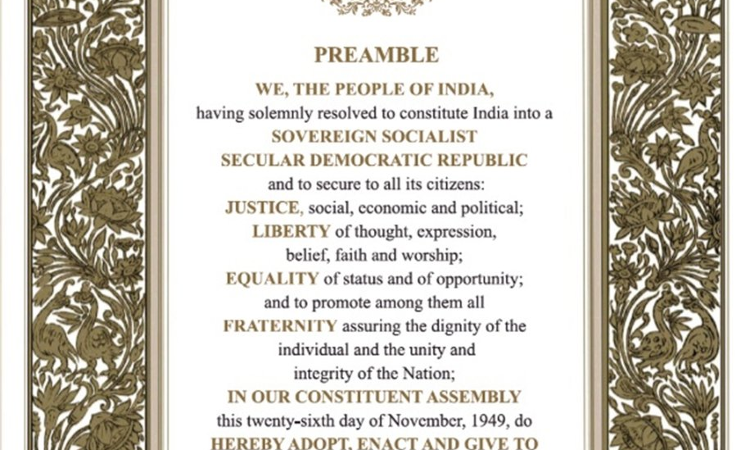Next Story
26 Nov 2022 12:44 PM IST
Q1. Which portion of the Indian Constitution reflects the mind and ideals of its framers? (a) Preamble (b) Fundamental Rights (c) Directive Principles (d) Fundamental duties Ans.: (a) Q2. Which of the following was adopted after the entire Constitution was enacted? (a) Preamble (b) Part III-Fundamental Rights (c) Part IV- Directive Principles of State...

